A 24-hour light photoperiod enhances the concentration of essential amino acids and polyunsaturated fatty acids in L. vannamei muscle and promotes lipogenesis and fatty acids absorption
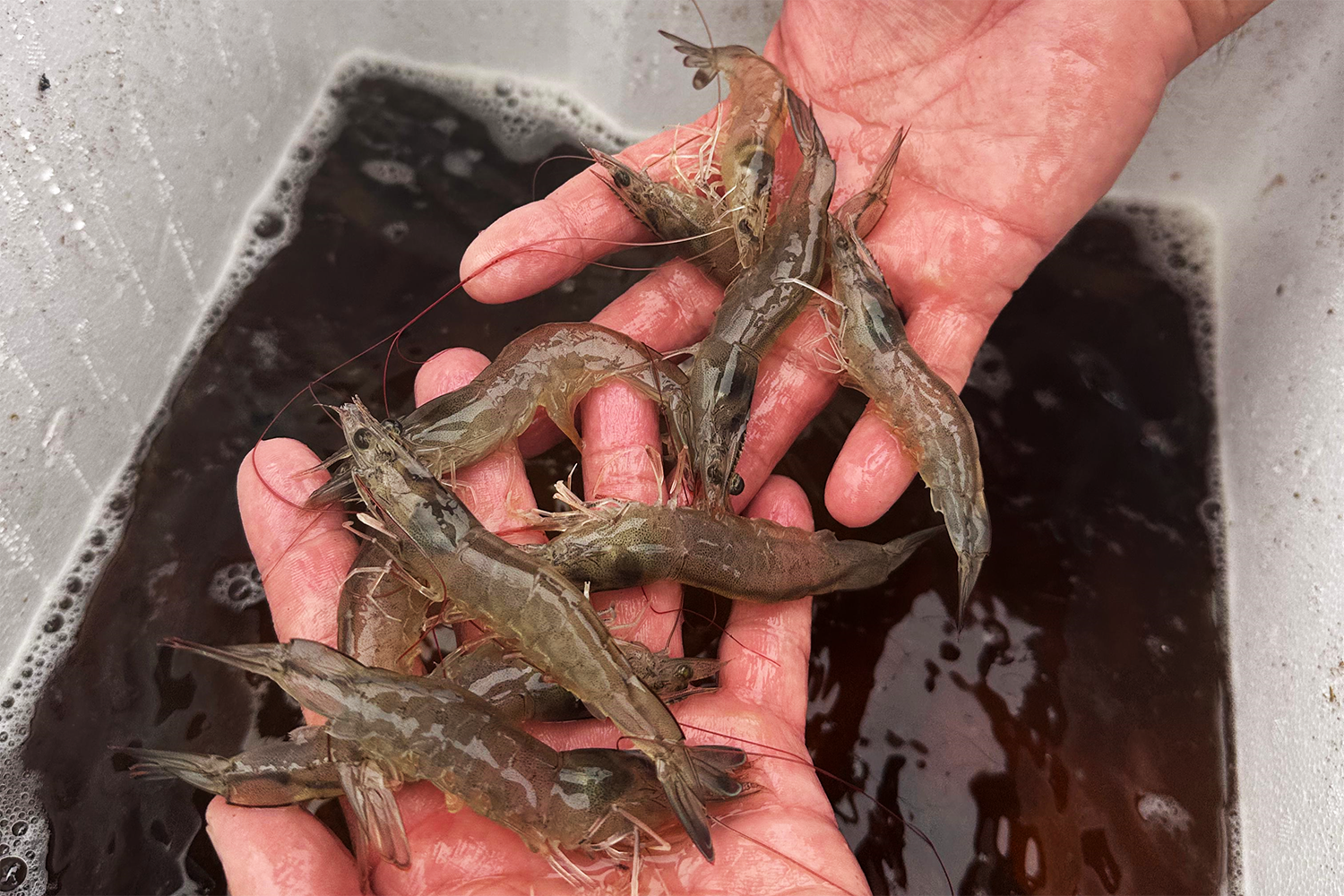
The light environment is a complex, dynamic, and vital biological element, notably including light intensity, photoperiod, and spectral composition. Alterations in light qualities possess a specific ecological role, potentially affecting species’ physiological and ecological characteristics directly and indirectly.
Significant research has established the influence of light on the nutritional composition of muscle tissue in aquatic species. Over the past decade, numerous studies have demonstrated the impact of photoperiods on lipid metabolism in aquatic organisms. In indoor aquaculture systems, photoperiods are essential during extended cultivation periods for aquatic species. Nonetheless, the impact of photoperiod on systemic lipid metabolism in adipose tissue remains ambiguous, necessitating additional research.
For indoor shrimp farming, it is crucial to understand the light environment, as alterations in light qualities possess a specific ecological role, potentially affecting species’ physiological and ecological characteristics directly and indirectly.
This article – summarized from the original publication (Fang, Y. et al. 2024. Effect of Photoperiod on Nutritional Quality of Muscle and Lipid Metabolism of Litopenaeus vannamei. Fishes 2024, 9(12), 508) – discusses a study that investigated how photoperiod affects lipid metabolism in L. vannamei and if it influences the nutritional quality of its muscle. The results provide new insights into optimal photoperiod strategies for the commercial farming of L. vannamei.
Study setup
The study was conducted at Yuhai Hongqi Ocean Engineering Co., Ltd., located in Rizhao, Shandong, China. Healthy L. vannamei (11.27 ± 0.73 grams) were sourced from a nearby aquaculture facility in Rizhao. Prior to initiating the trial, all shrimp underwent a one-week acclimatization period in specially designed raising tanks.
Five photoperiods were evaluated, specifically 0 light (L):24 dark (D), 8L:16D, 12L:12D, 16L:8D, and 24L:0D (L: light; D: dark). These photoperiods utilized full spectrum light, characterized by a peak wavelength ranging from 400 to 800 nm, with a specific intensity of 1 W (watts)/meter square. The placement of the light sources was carefully considered, as they were positioned 10 cm above the tank to maintain consistent lighting conditions. It is also noteworthy that the light source was kept stationary throughout the experiments, which helped eliminate potential variations in light intensity or wavelength that could have arisen from any movement.
Each experimental group of shrimp comprised three, 800-liter tanks in a RAS system, with each tank containing 120 shrimp. The shrimp were fed a 42 percent protein, commercial feed (Wudi Xingchang Aquatic Technology Co., LTD, Binzhou, China) three times daily. Following the 40-day trial, each shrimp underwent a fasting period of 24 hours prior to the final sampling. At the end of the experiment, three shrimp were randomly chosen from each tank, sacrificed and their hepatopancreas extracted, frozen and stored for analysis.
For detailed information on the experimental design and diets; animal husbandry; sample and data collection and analyses, refer to the original publication.
Results and discussion
Regarding lipid metabolism and enzymes, different photoperiods significantly affected the activity levels of the enzymes CPT1, ACC, and FAS enzymes (Fig. 1). All three enzymes followed a consistent trend from high to low, arranged as follows: 24L:0D, 16L:8D, 12L:12D, 8L:16D and 0L:24D (p < 0.05) (Fig. 1A–C).
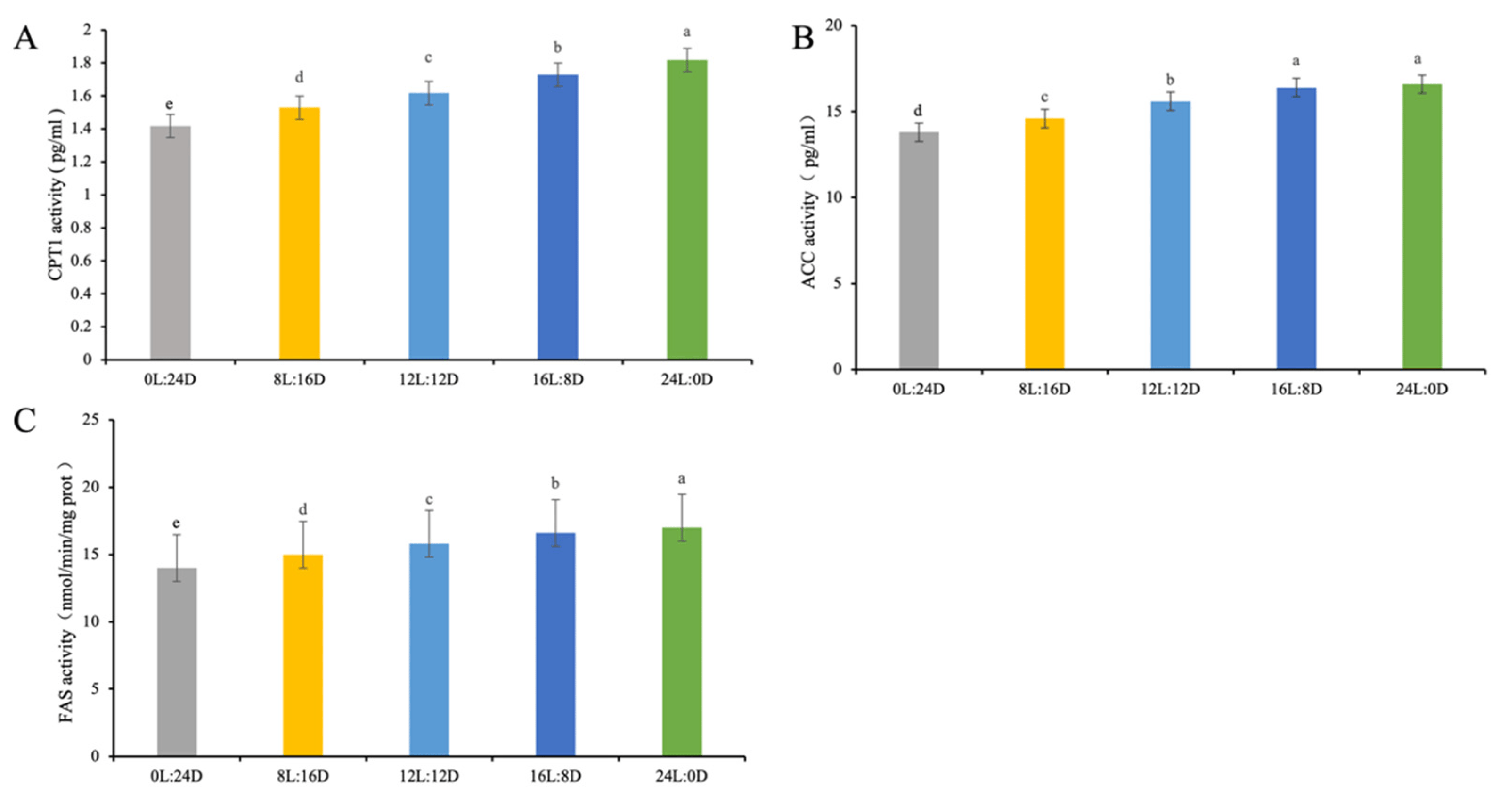
Muscles are vital for assessing meat quality as the principal nutritional and consumable element of aquatic organisms. The composition, encompassing crude protein, crude fat, and other components, signifies the entire nutritional worth of these animals. Muscle quality in aquatic animals is chiefly influenced by species, environment, and diet, with fluctuations in environmental circumstances and food compositions affecting muscle quality. Specific research indicates light environment alterations can affect aquatic organisms’ nutritional composition. In our study, the muscle crude fat content diminished in the 0L:24D group, indicating that extended darkness elicited stress and nutrition depletion in L. vannamei.
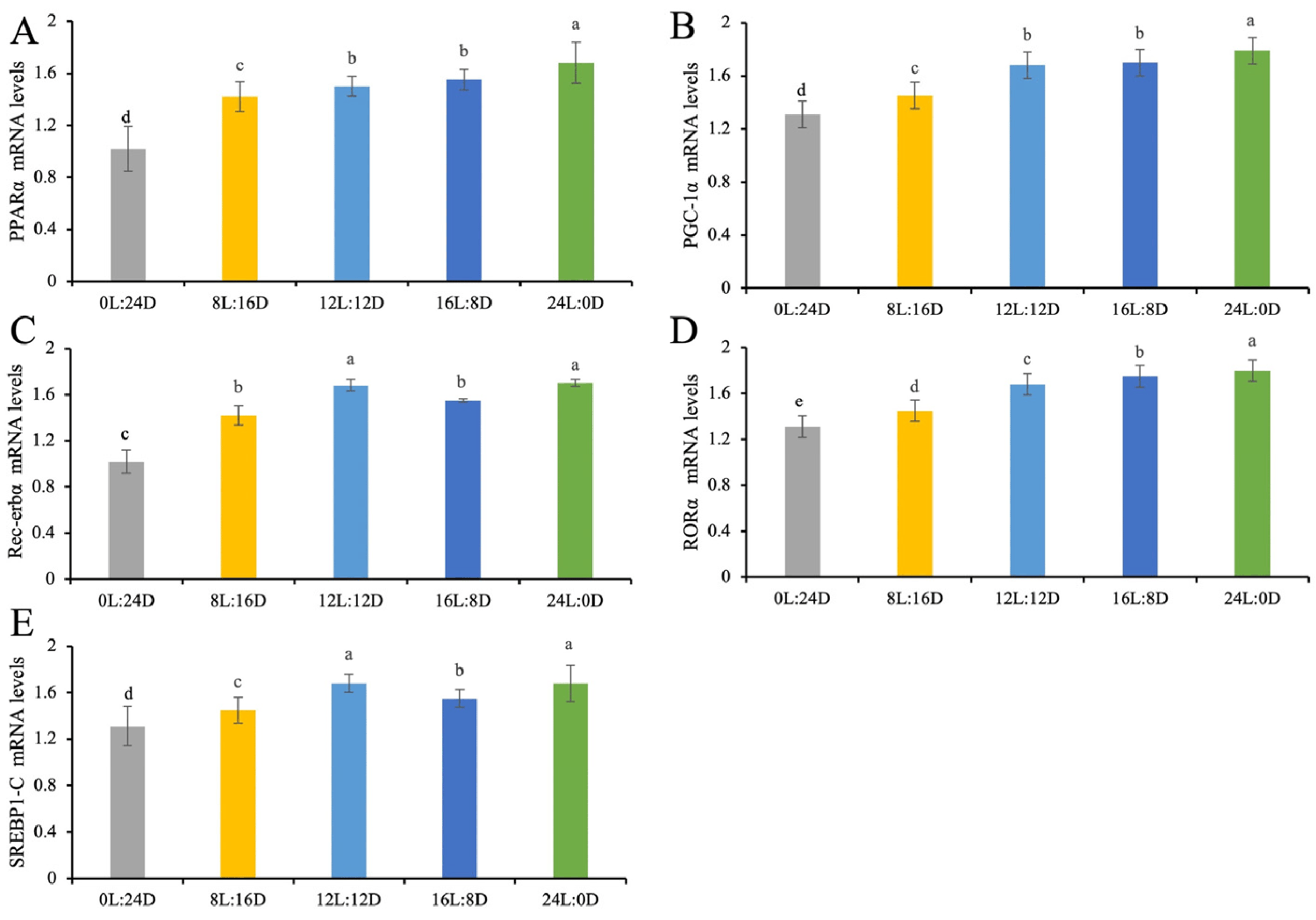
This study demonstrated that the crude fat content of muscle in the 0L:24D group was much lower than in the other groups, likely attributable to stress-induced modifications in lipid metabolic pathways under continuous darkness. Conversely, the maximum crude fat concentration was observed, whereas muscle moisture and crude ash content exhibited no significant variation across the various photoperiods. Furthermore, total darkness has markedly diminished muscle protein content, with the lowest crude protein levels recorded in the 0L:24D group in this study. The 24L:0D light state is more favorable for L. vannamei and enhances the traditional nutrient content inside the muscle.
Our data demonstrated that the overall amino acid content was diminished in the 0L:24D and 8L:16D groups relative to the 24L:0D and 16L:8D groups. The protein content of feed influences the overall amino acid content of muscle, and the reduced total amino acid content in the 0L:24D and 8L:16D groups, despite uniform artificial feeding conditions, may be ascribed to diminished bait conversion efficiency. This inefficiency likely arises from impaired food utilization, reducing total muscle amino acid content.
We found that the content of essential amino acids to total amino acids (EAA/TAA) were about 35 percent and EAA to non-essential amino acids (EAA/NEAA) levels were about 80 percent in the five groups, which was close to or significantly exceeded the ideal pattern scores. The maximum values of threonine, glutamic acid complex and Lys were found in the muscle of shrimp at 24L:0D; these ratios are close to or significantly exceed the ideal pattern score.
Additionally, this group exhibited the highest total amounts of amino acids and essential amino acids, indicating that L. vannamei possesses superior nutritive value under the 24L:0D. The essential amino acid index (EAAI; the ratios of the essential amino acids in a protein relative to their respective amounts in the protein) is a significant metric for assessing the nutritional quality of proteins, indicating the equilibrium of amino acid composition and overall protein quality. The highest EAAI of 83.56 was recorded in the 24L:0D group, signifying that the muscle proteins of L. vannamei exhibited excellent quality under continuous light circumstances and adhered to amino acid composition criteria.
Ultraviolet A photoperiod regimes have varying effects on Pacific white shrimp
Our data revealed that the 24L:0D group exhibited the highest EPA+DHA content, whereas the 0L:24D group demonstrated the lowest levels, indicating that continuous light conditions facilitate the synthesis and accumulation of EPA and DHA in shrimp. The processes by which photoperiod influences fatty acid production in the muscle of L. vannamei are not yet understood and require additional research.
The current study demonstrated that the activities of several enzymes were augmented and the polyunsaturated fatty acid (PUFA) content in muscle nutrition was considerably elevated compared to other groups with prolonged light exposure. The findings imply that continuous exposure to light could enhance lipid storage in the hepatopancreas by boosting the activity of enzymes associated with lipogenesis, along with the activation of lipogenesis-related genes.
This highlights the crucial role of light in the cultivation of shrimp under controlled conditions, where natural light availability might be limited. Based on these results, a light cycle consisting of 24 hours of illumination followed by no darkness is recommended.
The results of this study could provide significant insights for land-based shrimp aquaculture. However, because the parameters were assessed individually, further research is required to determine the optimal combination of photoperiod, intensity, and spectrum in order to create a standardized lighting management protocol for L. vannamei. Moreover, specific research suggests that the different wavelengths of light have an effect on L. vannamei, with green wavelengths being more suitable for the culture of L. vannamei in biofloc systems. Further comprehensive studies on L. vannamei in combination with different light elements are needed.
Perspectives
This study investigated how different photoperiods affect lipid metabolism and the nutritional value of L. vannamei. The results showed that 24L:0D enhances the concentration of EAA and PUFA in the muscle tissue of this shrimp species, thereby promoting lipogenesis and the absorption of fatty acids. This suggests that extended light exposure, specifically through a 24L:0D regimen, can significantly improve the nutritional value of the muscle in L. vannamei. Consequently, careful management of lighting is crucial for indoor aquaculture systems to improve shrimp quality and yield. It is advisable to avoid a continuously dark environment. The findings from this research provide valuable information for indoor shrimp farming.
Now that you've reached the end of the article ...
… please consider supporting GSA’s mission to advance responsible seafood practices through education, advocacy and third-party assurances. The Advocate aims to document the evolution of responsible seafood practices and share the expansive knowledge of our vast network of contributors.
By becoming a Global Seafood Alliance member, you’re ensuring that all of the pre-competitive work we do through member benefits, resources and events can continue. Individual membership costs just $50 a year.
Not a GSA member? Join us.
Author
-
Dr. Baoliang Liu
Corresponding author
State Key Laboratory of Mariculture Biobreeding and Sustainable Goods,Yellow Sea Fisheries Research Institute, Chinese Academy of Fishery Sciences, Qingdao 266071, China
Tagged With
Related Posts
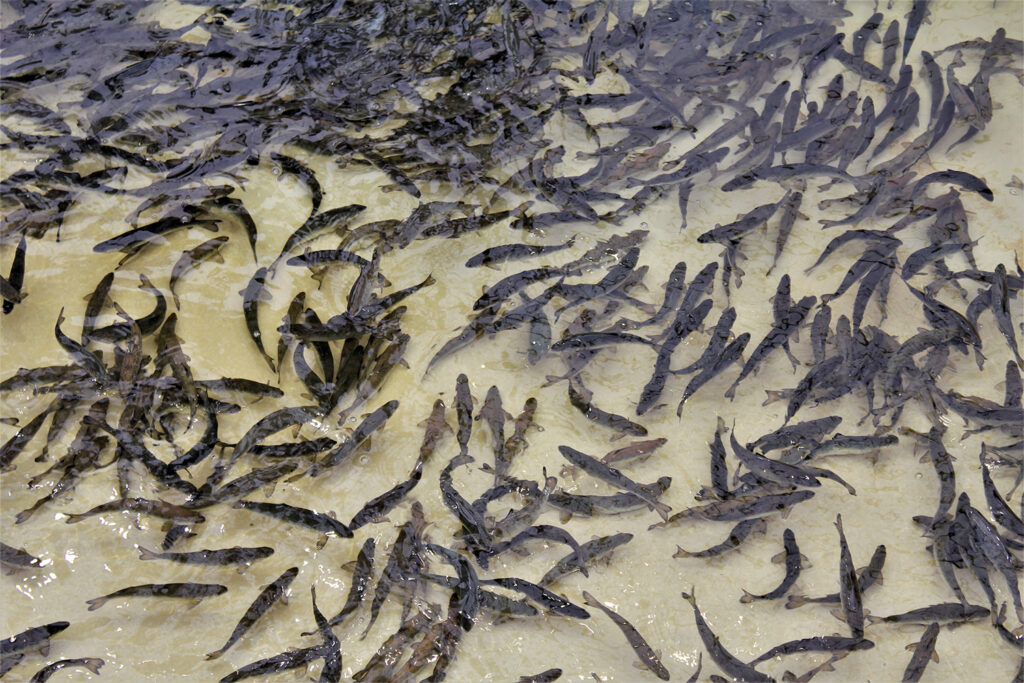
Health & Welfare
Assessing the effect of photoperiod manipulation on Atlantic salmon growth, smoltification and sexual maturation
Evaluation of photoperiod influence on salmon smolts suggests that an artificial winter signal would benefit RAS post-smolt production.
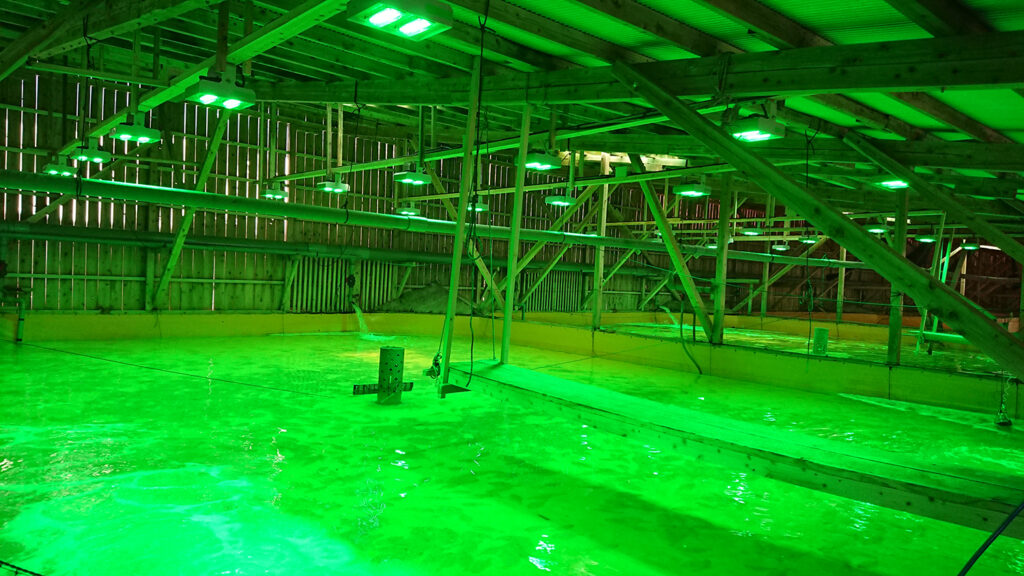
Intelligence
Green-lighting growth: Green LED light shows promise in flounder farming
Japanese researchers say that deploying green LED light above flounder grow-out tanks encourages rapid growth and feed intake among the fish.
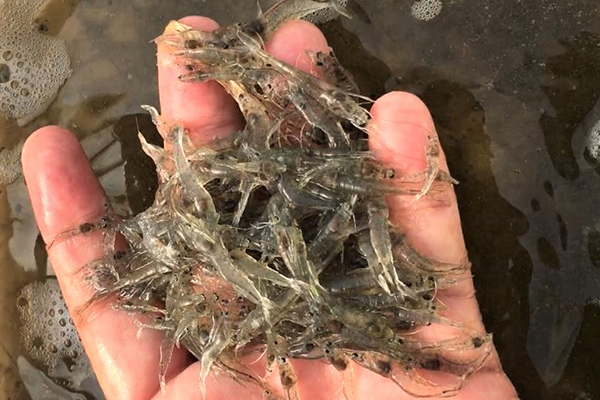
Health & Welfare
How do light-dark cycles impact the physiological processes of Pacific white shrimp?
Researching the effect of light-dark cycles on various on L. vannamei physiological processes to help improve production in controlled farming systems.
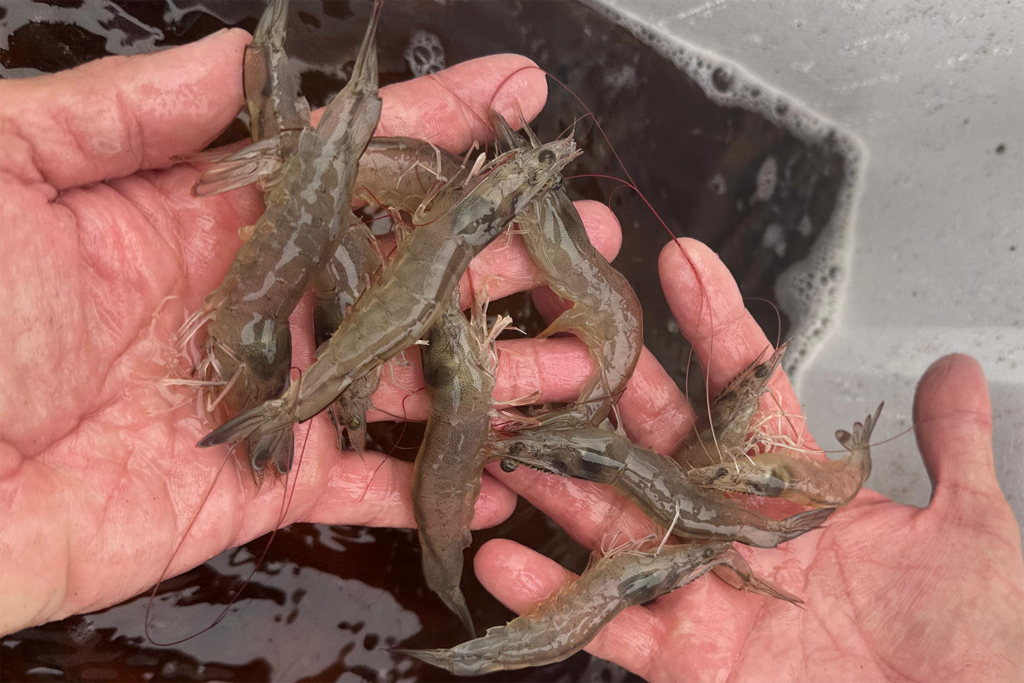
Health & Welfare
Evaluation of a commercial polyphenol compound for Pacific white shrimp diets
Dietary supplementation with grape polyphenols promoted growth, survival, final biomass and feed conversion for P. vannamei.



